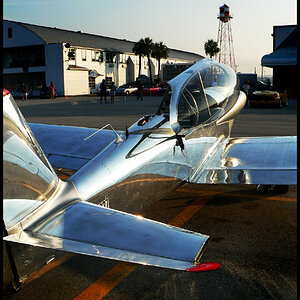MichaelMigz
TPF Noob!
- Joined
- Dec 26, 2005
- Messages
- 184
- Reaction score
- 1
Okay. I have a problem here. I am shooting an SLR(film) and my color pictures are constantly coming out poorly. I normally shoot BW and develop/print myself; however, when I shoot color, I use Kodak 400 film and I shoot as I would BW(light meter/adjust shutter speed/adjust aperature/shoot) Is this correct? Am I doing something wrong? Thanks in advance.



![[No title]](/data/xfmg/thumbnail/34/34063-09779b4ba56a0acb2b0fa36cf8720dfb.jpg?1619736260)

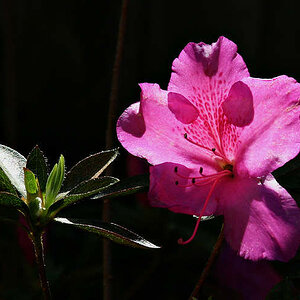
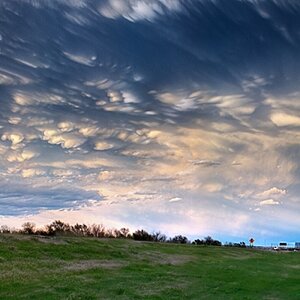
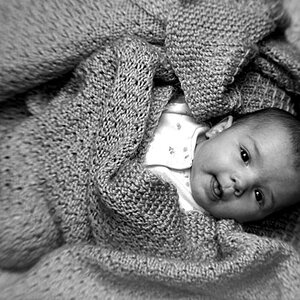
![[No title]](/data/xfmg/thumbnail/34/34061-e097813b3719866d07ff3e78e8119ffa.jpg?1619736258)
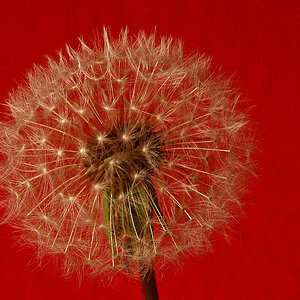
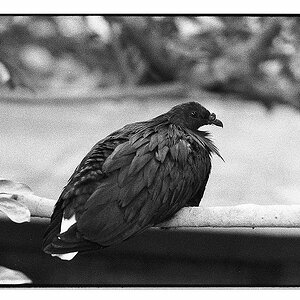
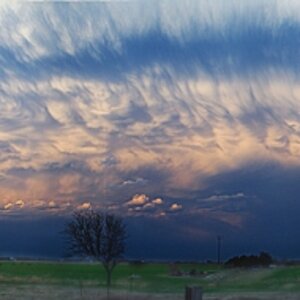
![[No title]](/data/xfmg/thumbnail/36/36667-b3265abf8272f21d759a0abd6a0995c3.jpg?1619737676)
